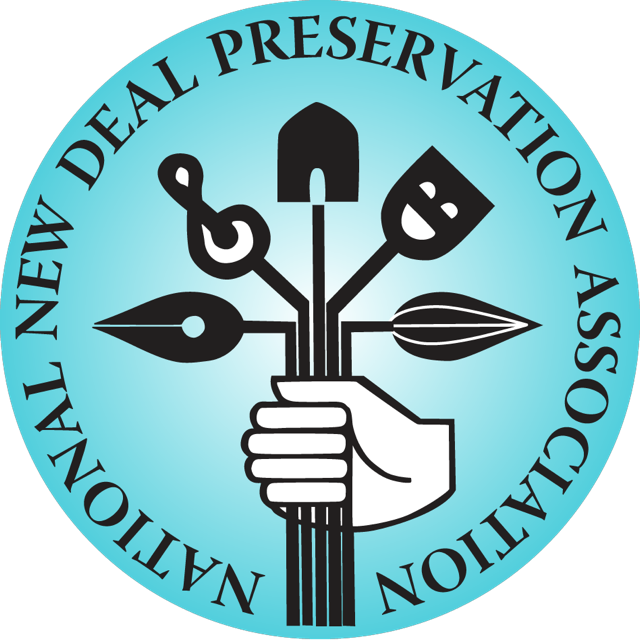
Henry Alsberg: The Driving Force of the New Deal Federal Writers’ Project
Henry Alsberg: The Driving Force of the New Deal Federal Writers’ Project
June 25, 2018
by Susan Rubenstein DeMasi, Publisher: McFarland & Co., 2016
Reviewed by: Harvey Smith
The world of the New Deal seems like an alternative universe compared to today’s public policies of climate change denial, privatizing of education, rolling back health care benefits, increasing homelessness, threats to publicly funded media and arts, and the increasing gap between rich and poor. The people-centered policies of the New Deal remind us that there is another way. There was a time when policy-makers did not succumb to greed, callousness and denial of basic human needs. Quite the contrary, they moved deliberately and vigorously in the opposite direction.
Much has been written about Franklin and Eleanor Roosevelt, the two key figures of the New Deal. The relatively recent biography of Frances Perkins, Kirstin Downey’s “The Woman Behind the New Deal,” finally gives an in depth look at the key architect of FDR’s social policy. Susan Quinn’s “Furious Improvisation” brings to light the dynamic role of Hallie Flanagan in bringing the performing arts to all Americans. Now Susan Rubenstein DeMasi’s new book “Henry Alsberg: The Driving Force of the New Deal Federal Writers’ Project” tells the story of the director of New Deal’s massive literary project.
Jerre Mangione’s earlier work, “The Dream and Deal,” described in detail the workings of the “Federal Writers’ Project” and to some extent the role of Henry Alsberg. However, DeMasi’s book tells the complete life story of another amazing figure from the pantheon of New Deal innovators and reveals the depth of Alsberg’s lifelong commitment to human rights and journalistic truth. As it turns out his New Deal work was in a sense the coda to a life of a very dedicated activist, one who was not afraid to confront death defying challenges.
Alsberg was an early champion of the rights of refugees and political prisoners. He worked in Europe during and after World War I. This was long before someone doing such work could rely on the support of an organization like Amnesty International. He sometimes traveled under great risk, working both as a humanitarian and a journalist. Alsberg hoped to push the world to take action. It’s a sad commentary that so many years later others, like contemporary artist Ai Weiwei, must do the same.
As director of the Federal Writers’Project, Alsberg organized the massive program of recruiting writers to do the unique guidebooks for every state and some cities and to chronicle and preserve critical American histories like the slave narratives. Like Hallie Flanagan he faced down the right-wing backlash of the House Committee on Un-American Activities. Similar to Bayard Ruston in a later period, he had to hide the fact that he was gay and live under threat of exposure, perhaps stifling efforts to move on to even greater achievements and limiting him to working more behind the scenes.
Thanks to Susan DeMasi for bringing to light the moving story of journalist and human rights advocate Henry Alsberg. His artistic and radical life was an adventure, and her recounting moves along like one.

